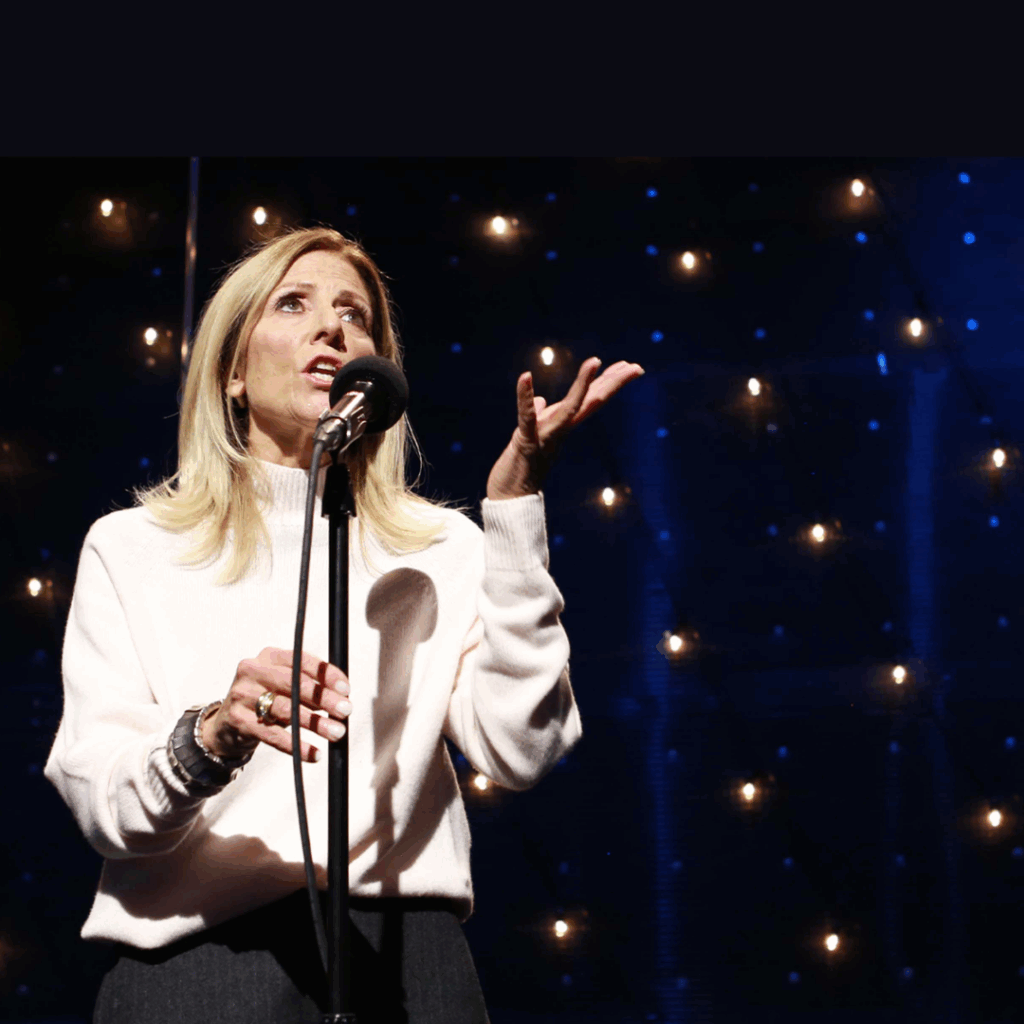The universe can be accessible to everyone when we explore space with sound.
Astronomy is often portrayed as a visual science. A quick search through popular and social media turns up countless stories accompanied by dazzling images of planets, stars, and galaxies.
Of course, these images can be challenging or impossible to access for blind and low-vision (BLV) communities. However, nearly all of these astronomical images contain light that the human eye cannot detect.
Most of NASA’s observatories in space, for example, look at many kinds of “invisible” light. The images are translations of the information captured by the observatories that then travel in a digital form from the telescopes to Earth. They map the wavelengths of light humans cannot see to the type that humans typically can.
There is, therefore, an opportunity to map those same data to sounds instead. This is the goal of the NASA sonification project. Started in 2020 at the Chandra X-ray Center, which operates a telescope that sees invisible X-ray light, this project was done in collaboration with members of the BLV community from the start.
Making the universe more accessible – for everyone
Increasing accessibility has been an important goal for the Chandra team. Over the years, we have worked on tactile prints and 3D models that could be useful in enabling a multi-sensory experience with astronomical data. When the COVID-19 pandemic hit and in-person events halted, we looked for new virtual ways to reach audiences.
Working with collaborators at SYSTEM Sounds, plus members of the blind community with expertise or interest in astronomy and space, our project produced data-driven experiences of the data collected by Chandra and other telescopes by mapping the information to notes and sounds. In the past few years, we have expanded our collaboration to work with NASA’s Universe of Learning, more NASA missions, and other teams. Today, our project is known as NASA’s Universe of Sound.
Since 2020, we have released multiple batches of new sonifications. We have conducted research to show learning and interest gains from BVI and sighted communities after listening to the NASA sonifications. The releases have shown to be immensely popular across the internet as well. We are learning once again that making data more accessible for one community can benefit so many others.
Sonification is an evolving and collaborative field. It is a project not only done for the BLV community, but with BLV partnerships. A new documentary called “Listen to the Universe” is available on NASA’s free streaming platform NASA+. It explores how these sonifications are made and our team behind them.
The hope is that sonifications can help communicate the scientific discoveries from our Universe with more audiences, and open the door to the cosmos a little bit wider.
About the authors
Dr. Kimberly Kowal Arcand is the Visualization Scientist & Emerging Technology Lead for the Chandra X-ray Observatory, which has its headquarters at the Smithsonian Astrophysical Observatory in Cambridge, Massachusetts. As a science data “story teller,” she combines her backgrounds in biology and computer science with her current work in the field of astronomy and physics. Kim has contributed previously to BlindNewWorld with her post, Designing a more accessible universe.
Megan Watzke has spent her career sharing the wonders of science with the widest range of audiences possible. From her role as the press officer for the Chandra X-ray Observatory to her “public science” projects that inject science into daily experiences, she seeks to de-stigmatize science for everyone, but especially for underrepresented groups including women.
Megan Watzke and Kim Arcand have each been working, studying and/or researching in science and science communication for over twenty-five years. They wrote their first book together in 2013 and had so much fun co-authoring they decided to try their hands at a few more books together. Check out their recent book on 3D printing the Universe. They are currently working on a new children’s book on Outrageous Outerspace.



